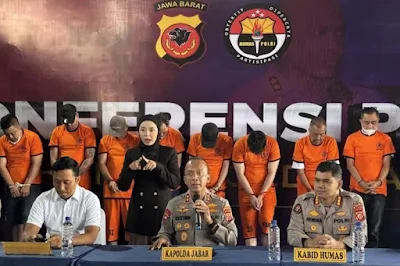James Webb Telescope Discovers “New Climate Type” on Pluto That Stuns Scientists
 |
| James Webb Telescope Discovers “New Climate Type” on Pluto That Stuns Scientists. |
For a long time, Pluto was seen as nothing more than a frozen, dead rock at the edge of our Solar System. But a recent discovery by the James Webb Space Telescope (JWST) is challenging that idea in a big way.
Scientists now say that Pluto might have a completely new kind of climate — something we’ve never seen before anywhere else in the Solar System.
Not a Dead World After All
Back in 2015, NASA’s New Horizons spacecraft flew past Pluto and gave us our first close-up look. What it found changed everything — Pluto had a thin atmosphere and a mysterious haze stretching over 300 kilometers above its surface.
At first, scientists thought this haze was just a visual feature. But new infrared data from the James Webb Telescope suggests it plays a much more important role: it may actually regulate Pluto’s climate.
How Pluto’s Haze Controls Its Temperature
The haze is believed to form from interactions between sunlight, methane, and nitrogen in Pluto’s thin atmosphere. During the day, tiny haze particles absorb solar heat. At night, they release that energy back into space as infrared radiation.
This natural process cools Pluto’s upper atmosphere dramatically — temperatures there are around -203°C, nearly 30 degrees colder than scientists had expected.
This kind of heat exchange makes Pluto one of the most unique objects we’ve ever studied. It seems to have a built-in cooling system, unlike anything found on other planets or moons.
James Webb Confirms the Theory
Back in 2017, some scientists had already suggested that the haze might have a key role in climate control. But it was hard to confirm because Pluto’s signal was mixed with light from its largest moon, Charon.
That changed in 2022, when the James Webb Telescope was finally able to separate Pluto’s signal from Charon’s. The results were stunning: the haze glowed in infrared light exactly as predicted by climate models. This confirmed that the haze isn’t just cosmetic — it’s crucial to Pluto’s thermal system.
A One-of-a-Kind Climate in the Solar System
“This is a new type of climate,” said Tanguy Bertrand, lead researcher from the Paris Observatory. “It’s truly unique and nothing like we’ve seen anywhere else.”
The discovery raises the possibility that similar haze-driven climate systems might exist on other celestial bodies with thick hazes, like Neptune’s moon Triton or Saturn’s moon Titan.
What This Means for Earth and Beyond
This breakthrough could help scientists better understand how planetary atmospheres form and evolve.
Some experts believe Earth might have had a similar haze in its early history, before oxygen dominated the atmosphere.
Learning how these hazes function could offer clues about how conditions for life emerged — not just on Earth, but potentially on other planets as well.
Once thought to be a frozen, lifeless world, Pluto is now turning out to be one of the most fascinating places in our Solar System.
Thanks to the James Webb Space Telescope, we now know that it has a unique, active climate system powered by a mysterious organic haze.
As we continue to explore the outer reaches of space, who knows what other surprises await? One thing’s for sure — Pluto is far from boring.





































